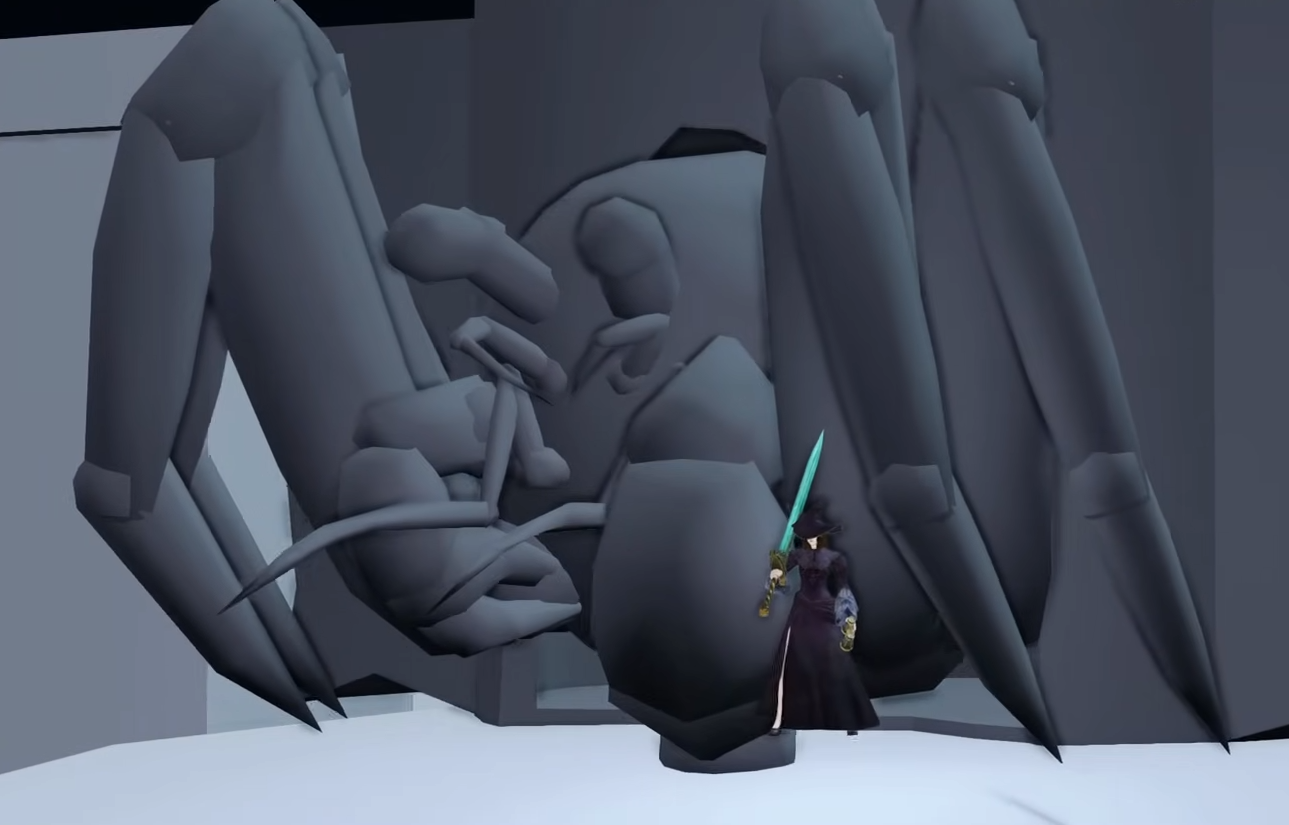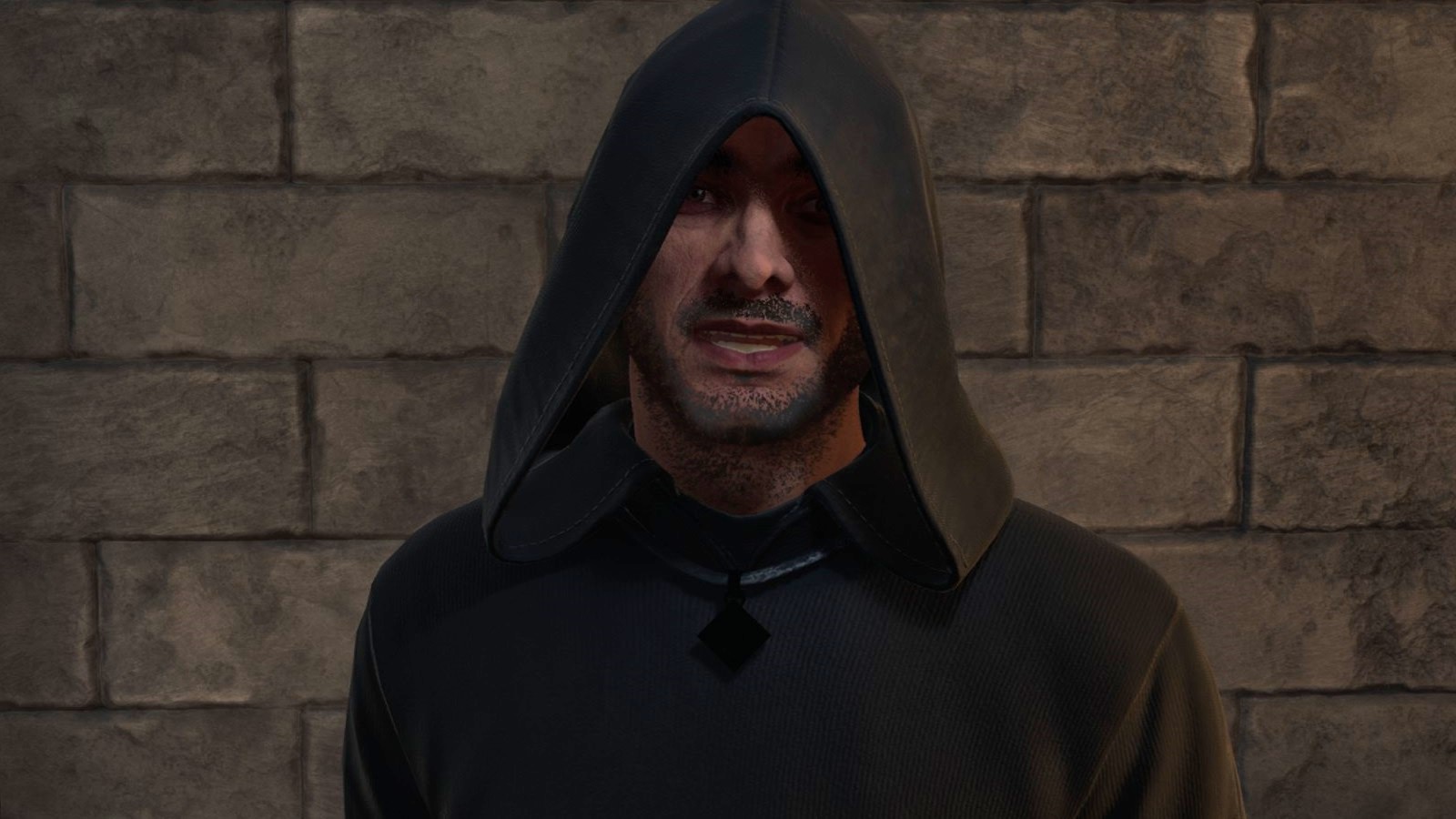The Legend of Ochi: A Return to Puppetry in Cinema

Theres a fascinating piece of cinematic lore that encapsulates the dramatic shift in Hollywoods approach to special effects and creature creation. During the preproduction phase of the iconic film Jurassic Park, renowned stop-motion artist Phil Tippett was diligently working on animatronic dinosaurs. However, when a visual-effects demonstration showcased the potential of CGI technology, it dramatically altered the course of the project. Upon witnessing the digitally crafted reptiles, Tippett reportedly exclaimed, I think Im extinct, a phrase that was later paraphrased and cleverly woven into the film's script. Although Tippett eventually adapted to the evolving landscape of special effects, the intricate and artful practice of puppetry has largely faded into the annals of cinematic history.
This historical context makes The Legend of Ochi, the debut feature film from writer-director Isaiah Saxon, stand out as a truly distinctive offering. Released by A24, this film pays homage to the quirky, furry childrens media of the past, reminiscent of classics such as Gremlins and Batteries Not Included. These films were crafted to simultaneously entertain and thrill younger audiences while imparting valuable life lessons. The story unfolds in a fictional, isolated land filled with majestic mountains and serene lakes, where we meet a spirited teenager named Yuri, portrayed by Helena Zengel. Raised by her father to fear and hunt the elusive creatures known as ochi, Yuri embarks on an expedition that leads her to discover an injured baby ochi. This encounter ignites a transformative adventure, pushing Yuri to expand her understanding and empathy.
While the central plot may initially seem like standard fare for childrens entertainment, The Legend of Ochi weaves in classic themes of growing up and questioning parental prejudices against a backdrop of fantasy. The narrative is peppered with familiar family-oriented tropes: Yuri has a quirky father, played by the versatile Willem Dafoe, and a somewhat cantankerous older brother, portrayed by Finn Wolfhard. Additionally, the film hints at an absent mother, played by Emily Watson, who left due to her overwhelm with their obsession for hunting ochi. The film offers limited insights into the peculiar life on this enigmatic island, though it is visually reminiscent of the vibrant 1980s, showcasing a plethora of puffy neon jackets and wood paneling, suggestive of Saxons inspirations.
One of the film's most compelling strengths lies in its dedication to honoring the spirit of its influences. The magical moments truly come alive when Yuri interacts with her little ochi companion, an animatronic puppet characterized by its large eyes, ears, and fangs. The ochi evokes a sense of nostalgia, conjuring memories of Gizmo, the charming protagonist from Gremlins. However, the ochi possess a more unpredictable and wild essence. Saxon maintains a consistent reminder that this adorable, pseudo-marsupial is still a wild animal, capable of growls and moans, challenging the notion of cuteness. Zengel delivers a nuanced performance, effectively communicating the inner world of the lonely Yuri, making her bond with the creature a deeply symbiotic relationship.
As I watched the film, I found myself drawing parallels to another beloved franchise, How to Train Your Dragon, which also tells tales of teenagers who discover that monsters, despite their fearsome appearance, are not inherently bad. While the Dragon series focuses more on the nurturing aspect of raising pets and fostering love, The Legend of Ochi adopts a more mythic and experimental approach. Yuris journey is marked by intense trial and error as she learns to understand her companions needs, even experiencing a nasty bite that she initially believes connects her psychically to the ochi. Saxons storytelling blends the whimsical with a hint of druidic mystique, as Yuri navigates the complex nature of her bond with the wild creature.
Despite the emotional weight and creativity on display, the film does experience some less successful moments. The impressive craftsmanship in character creation is sometimes overshadowed by scenes that heavily rely on hazy filters and digitally inserted backgrounds. It is perhaps unsurprising that Saxon emphasized there was no AI involved in the film's production; the glossy aesthetics of its environments, while visually striking, occasionally become overwhelming due to the meticulous attention to detail. CGI animals often exhibit a certain anonymity that detracts from the emotional engagement; no matter how advanced the technology becomes, it fails to replicate the organic connection actors have with tangible puppets.
However, the physical presence of the ochi, with its mechanical eyebrow twitches and lifelike growls, effectively convinces the audience that these creatures are indeed living beings. The tactile quality of the puppetry reminds viewers of a bygone era when creature creation relied on such an intimate scale, an art form I would love to see revived in contemporary filmmaking. In an age where most Hollywood monsters are rendered through digital means, the craftsmanship showcased in The Legend of Ochi serves as a reminder of the magic that can be achieved through practical effects and puppetry. It is a call for a return to a more hands-on approach in the creation of cinematic monsters, a craft that the larger blockbusters could greatly benefit from reclaiming.




























